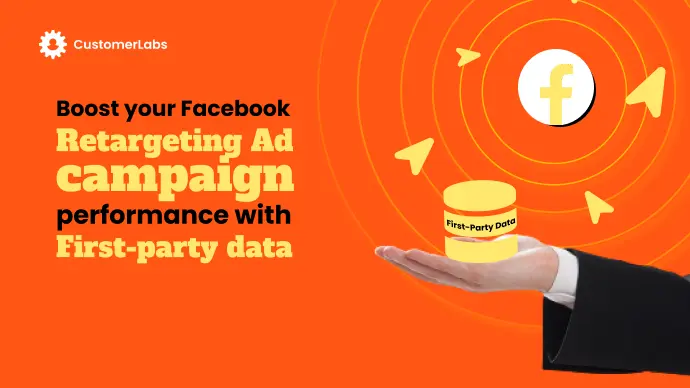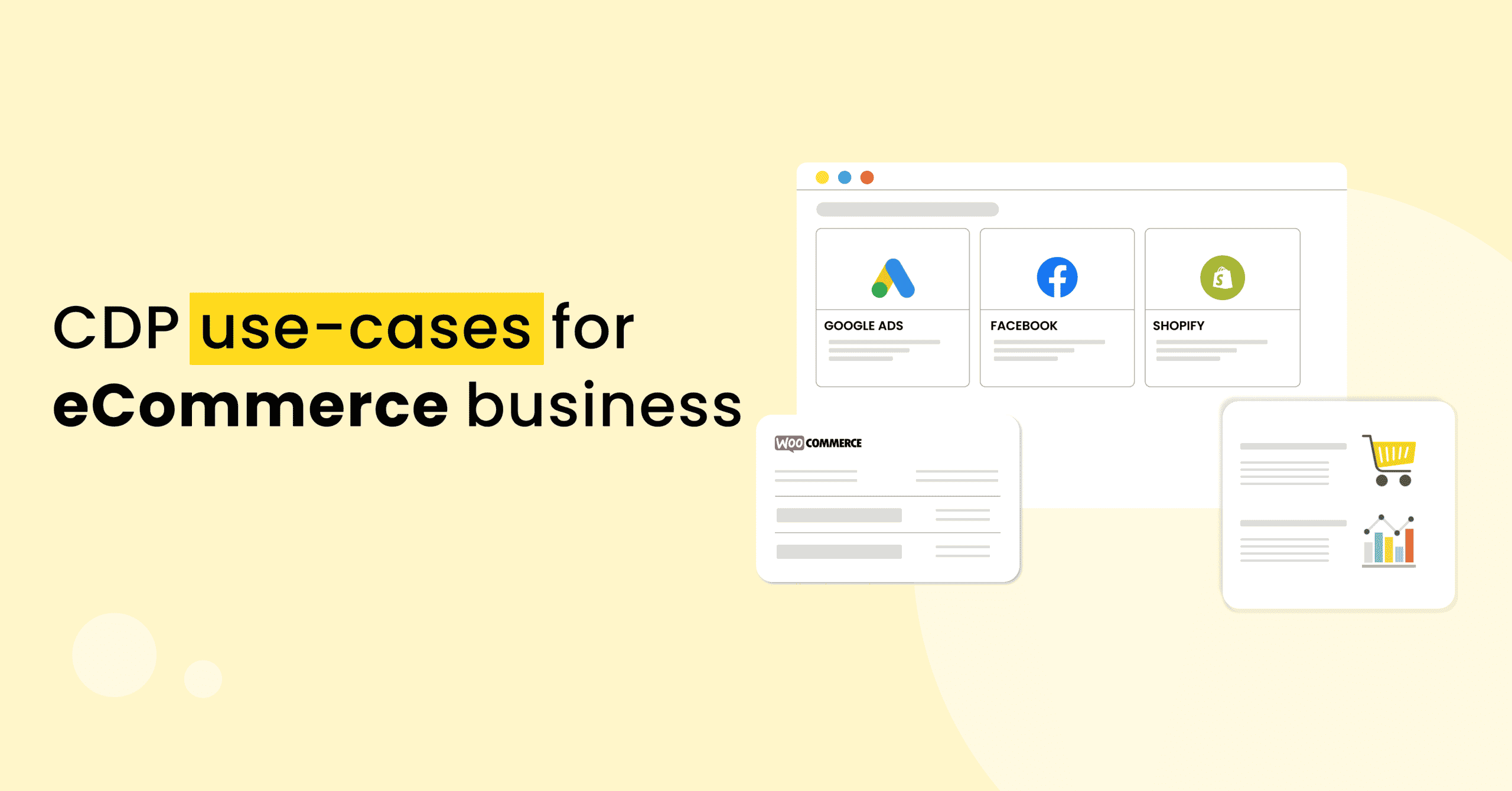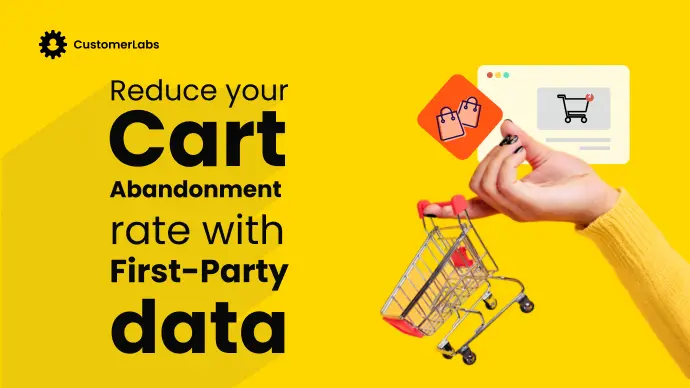
In recent times, “Cart Abandonment” is a serious issue faced by almost all eCommerce stores. By Baymard Research Institute, the average shopping cart abandonment rate is 69.99%, accounting for an $18 billion loss in revenue each year. In simple words, 7 out of every ten shoppers abandoned their carts.
There can be multiple reasons for cart abandonments before the purchase decision is made. And some of the top reasons are:
Reasons For E-commerce Store Cart Abandonment
- Confusing check-out page
- Too much Shipping cost
- Mandatory account creation before checkout
- Payment security protocols
- Lack of other payment options
- Ambiguous refund and return policy
- Unexpected delivery details
- Confusing UX on the website
- No discounts and promo codes while checkout
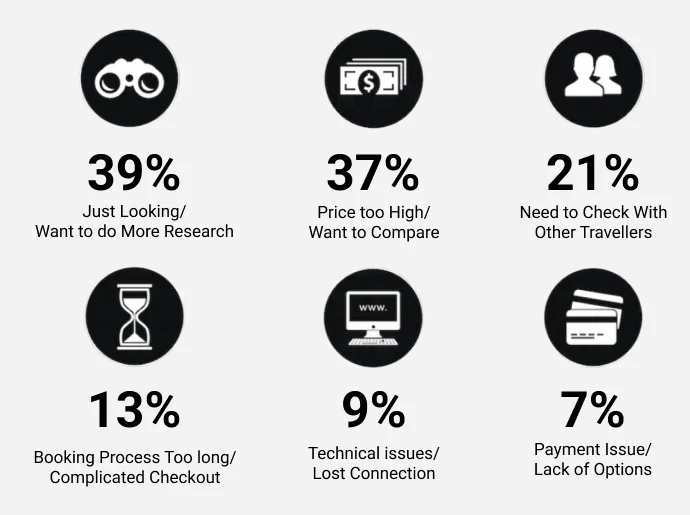
Source: Salescycle
Now, these are reasons that are not in the hands of a marketer. But, there are a few preventable circumstances
For example, if a customer has left due to high shipping costs, you can try running personalized ads with “free shipping” or other promo code offers. Basically, you have to encourage the customer to revisit the website and make a purchase.
You can segment the users based on their issues and email them personalized to reassure them that the glitch has been resolved from your end.
So, technically, re-targeting ads can be run to bring back these customers.
But, all this was before the privacy updates happened.
What Does The Privacy-Centric Future Look Like For Marketers?
After the iOS’14+ update, the retargeting ad campaigns have taken a huge toll.
Let’s say, you wanted to segment the “cart_abandoners” and run a personalized ad campaign on Facebook to make them revisit the website again.
But the iOS’14+ update screwed the Facebook custom audience match rate
When you upload the 20k users of the custom audience list “cart_abandoners” in the audience manager, Facebook could match only 25% which is close to 5k users from the total audience size.
Why iOS’14+ update screw the Facebook custom audience match rate?
Facebook has limited access to your user behavior data as the iOS user has the choice of opting out from tracking from the advertisers.
With lesser access to behavioral data of cart abandoners and limitations in pixel tracking, the match rate crumbles and falls to less than 25%.
This results in shrinking the retargeting audience size substantially (i.e. there are instances you won’t be having enough audience to run the retargeting ad campaigns).
After Apple’s iOS’14+ update, there was a huge dip in the retargeting ad campaign performance and most businesses had their remarketing audience size reduced beyond 60%.
By 2024, third-party cookie tracking is expected to be phased out from Google Chrome as well, standing in-line with Safari & Firefox.
Google has also announced that in the next couple of years, Android is also going to restrict user data sharing with third-party.
Marketers have already seen a huge dip in the ad campaign performance and retargeting the audience after the iOS’14+ updates. And this is just a “first look” at how the future is going to be when Google enforces its updates as well.
For marketers, the way they approach and target their users is going to be different. No more reliance on third-party tracking for understanding their users.
When ad platforms like Google and Facebook have limited access to user information, how are you going to rely on these ad platforms to create segments and run personalized ads?
We understand that relying on advertising platforms to track user behavior i.e.third-party tracking is not going to be fruitful as how it was before,
The only solution left going beyond collecting your own customer behavior data i.e. first-party data and activating your audience throughout the marketing funnel to give a personalized experience for the users.
First-party Data Is The Future:
When we say, first-party data, it is more than an email id, contact number, Instant forms, or CRM data i.e.known visitors.
Anybody who falls or stumbles on your website is your first-party data.
And 98% of your website visitors are anonymous.
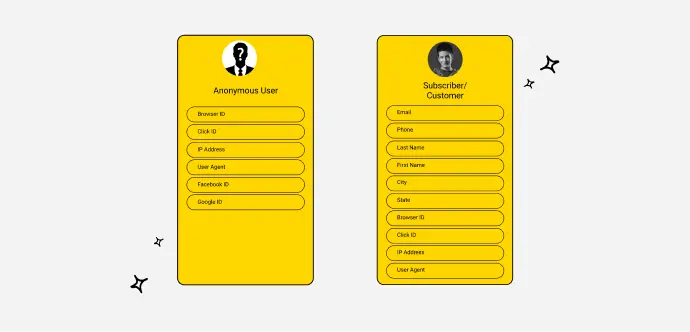
Activate anonymous website visitors
Until the users make the purchase and give in their personal information, the user remains anonymous visitor.
You can segment anonymous visitors based on user behavior and run ads to engage with them again and bring them back to the website.
By activating anonymous website visitors, you can increase the bottom-of-the-funnel users and bring them closer to conversion.

Segment cart abandoners to bring them back to the website
With the anonymous website visitors’ data collected, you can segment cart abandoners based on the reasons that they have abandoned the carts like
Advanced Audience Segmentation:
Segment anonymous visitor audiences like
>> Cart_abandoned for more than 30days – MOFU
>> Product_viewed_not_ added_to_cart – MOFU
>> product _viewed_more than 3times – MOFU
>>Added_to_cart but not purchased in the last 14days -MOFU
>> Added_to_cart with higher cart value in last 7 days
Also, First-Party data improves Facebook’s custom audience match rate by 2X – 3X times.
You have collected anonymous and known user profiles, with which you can improve your Facebook custom match rate by up to 80%.
Along with the first name, email id, and demographics, we also collect Browser ID, Click ID, IP address, User-agent, Facebook ID, Google ID, etc of both anonymous and known users.
When these collected and unified first-party data parameters are sent to Facebook, it efficiently improves the custom audience match rate by 2X to 3X.
We did an experiment between Facebook Pixel data and First-Party data custom audience match rate to check which was better.

The results were – Facebook custom match rate using Facebook pixel data was less than 25% whereas using First-party data the match rate was beyond 80%. Read more to know about the experiment.

Reduce Cart Abandonments In Your E-commerce Platform
Integrate CustomerLabs with e-commerce platforms like Shopify, BigCommerce, and WooCommerce to track events of your website visitors to unify the customer profiles and you can also sync any Martech tool with CustomerLabs to boost your marketing effectiveness.
You can implement the above-discussed strategies and segment your cart abandoned users on WooCommerce & Shopify and run ads based on the user behavior.
In your e-Commerce platforms, you can segment users who abandoned the cart for the reasons like
- Cart abandoned during the user account creation page
- Cart abandoned during the checkout page
- Cart abandoned with high purchase/cart value
- Cart abandoned by loyal customers ( the one who has purchased already)
You can segment the high-cart value users and provide free shipping or promo codes.
Also, you can do advanced audience segmentation based on the purchase value, and other user behaviors and build a strategy to improve the lifetime value of the customer.
Key Takeaways:
Cart abandonment is an issue that every digital marketer faces and Google about in their everyday routine. After the iOS’14+ updates and other announcements towards privacy, the usual or traditional way of retargeting doesn’t reach the target audience.
Marketers are left with no choice but to own the customer behavior data i.e. First-Party data and understand the reasons for cart abandonment. Then segment the users based on those reasons for abandoning the cart and provide a personalized experience to bring them back to the website.
Most importantly, use Facebook, Google, and other advertising platforms for running ad campaigns only and not for tracking your website user behavior i.e. third-party tracking.
We’re just an email away for a quick chat on how to begin your first-party data journey and activate your cart abandoners to drive more sales.

